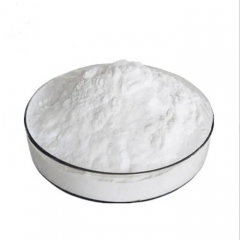


Factory supply Herbicide Topramezone 95%TC30%SC For Corn
- FOB Price:
- Negotiable | Get Latest Price
- Order Quantity:
- 1 Set / Sets
- Supply Ability:
- 1000 Set / Sets per Month
- Port:
- shanghai
- Payment Terms:
- T/T L/C D/P D/A Credit Card PayPal Cash Escrow Other
- Delivery Detail:
- 5 days
-
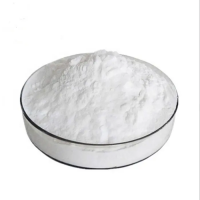
Factory supply Herbicide Topramezone 95%
Inquiry -
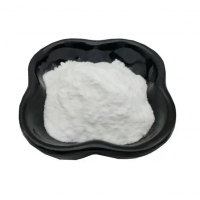
Chlorantraniliprole Pesticides 95%TC Chl
Inquiry -
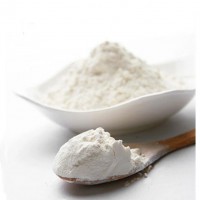
Fungicide Difenoconazole
Inquiry -
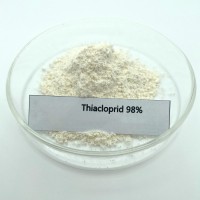
Factory Directly selling Pesticide Thiac
Inquiry -
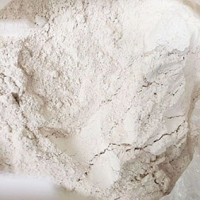
Insecticide thiamethoxam 25% WP 36% WDG
Inquiry -
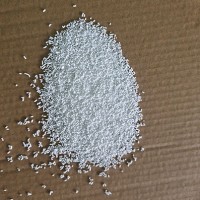
Herbicide Hexazinone
Inquiry -
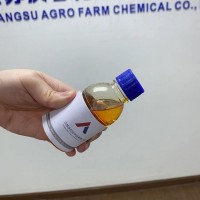
Weed Killer L-glufosinate Ammonium
Inquiry -
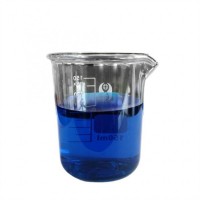
Glufosinate-ammonium 150g/L SL 200g/L SL
Inquiry
The herbicidal spectrum of topramezone covers annual grasses and broadleaf weeds. Key monocot weeds include crabgrass,
barnyard grass, foxtail, johnsongrass, wild oats, puncturevine, feather fingergrass, and more. Major broadleaf weeds include pigweed,
dock, lamb's quarters, cocklebur, jimsonweed, nightshade, wild mustard, wild carrot, and groundcherry. However, due to its inherent properties,
topramezone may not be as effective against sedge weeds, and its long-term control of broadleaf weeds is limited. It is recommended to mix
it with other broadleaf herbicides like atrazine or mesotrione for improved control.
1. Broad Weed Spectrum: Topramezone is effective against a wide range of weeds, including both grasses and broadleaf weeds.
Difficult-to-control and resistant weeds such as crabgrass, barnyard grass, johnsongrass, wild oats, foxtail, pigweed, dock, nightshade,
and lambsquarters can be controlled. When mixed with atrazine, it has a synergistic effect, providing weed control for over 35 days.
2. Fast Herbicidal Action: Topramezone acts quickly. After post-emergence application, sensitive weeds absorb it through their leaves and
exhibit symptoms of toxicity within 2-4 days. This herbicidal speed is faster than that of other herbicides like mesotrione and sulcotrione, which
typically take 5-7 days to show whitening symptoms, with death occurring around 10 days. It is currently one of the fastest herbicides for corn.
3. High Safety Profile: Corn has low sensitivity to topramezone, with minimal absorption and rapid metabolism. It can be used on most types of
corn, including dent corn and sweet corn. It shows good selectivity for corn, including dent corn, sweet corn, and glutinous corn (while sulcotrione
cannot be used on sweet corn). Topramezone can be applied even when corn has more than 6 leaves, providing a wider application window.
In contrast, sulcotrione is typically applied at the 3-5 leaf stage.
4. Low Resistance Risk: No resistance to topramezone has been reported in weeds.
5. Minimal Impact on Crop Rotation: Topramezone has minimal impact on crop rotation. It can be safely used in various rotational crops, including
soybeans, potatoes, cabbage, watermelons, and more. In contrast, sulcotrione-containing products can affect crops like cabbage and sugar beets
for up to 18 months, and when used at high rates, may restrict the planting of crops like soybeans, sunflowers, potatoes, eggplants, and peppers for the same period.
-

Stripped Soft Goose Fe
$3.00 -
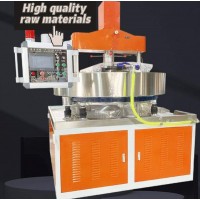
plastic ball grinding
$30000.00 -
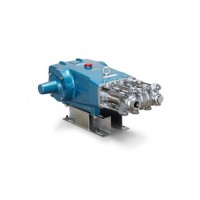
CAT piston pump 281
$4000.00 -

Droichead Zirconia Plu
$10.00 -

E.max crown, Veneer, I
Inquiry -
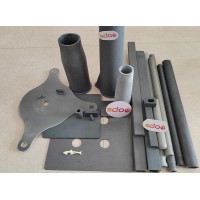
ReSiC Beams/plates/bur
$16.00 -

RSiC Slabs Boards Tile
$15.00 -
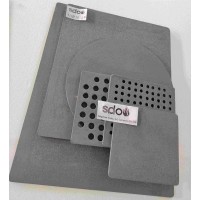
RSiC Batts as Kiln she
$15.00 -
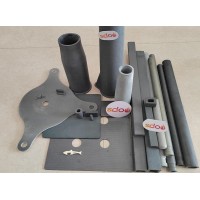
RSiC Tube by recrystal
$10.00 -
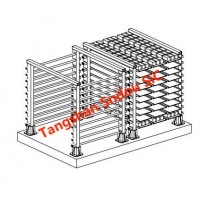
RSiC Kiln Furniture (B
$16.00 -

RSiC Burner Nozzle Fla
$18.00 -

RSiC Beam Support Pill
$16.00 -

RSiC plate Slab Board
$15.00 -

NSiC Tube Pipes by Nit
Inquiry -

used excavator hudraul
$16600.00 -
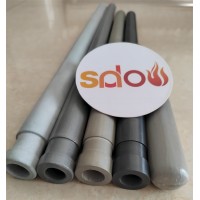
NSiC Thermocouple Prot
Inquiry -

Stalk Riser Tube for L
Inquiry -
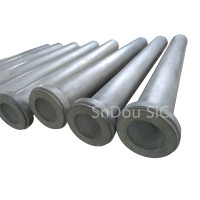
NSiC Ceramic Heater Pr
Inquiry -

RSiC NSiC Ceramic Kiln
Inquiry -

used excavator hudraul
$11500.00
- Set up shop
- Authorized by Manufacturers & Suppliers online marketplace B2B platform GongWong.com, can provide agency service
- Service Introduction
- Authorized product, Internet cloud promotion service integrating certification promotion and procurement inquiry
- Intelligent website construction
- PC terminal + mobile terminal, create a cost-effective corporate website!